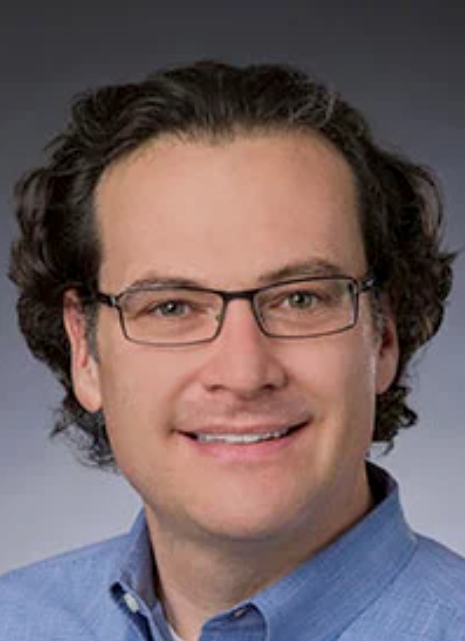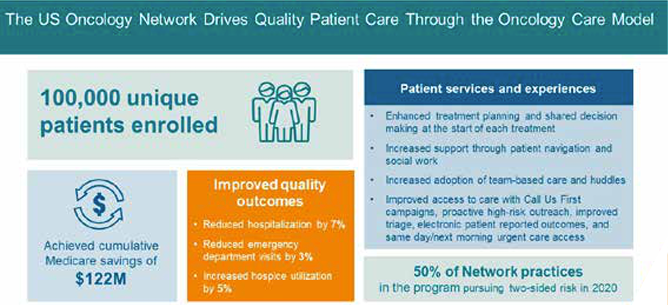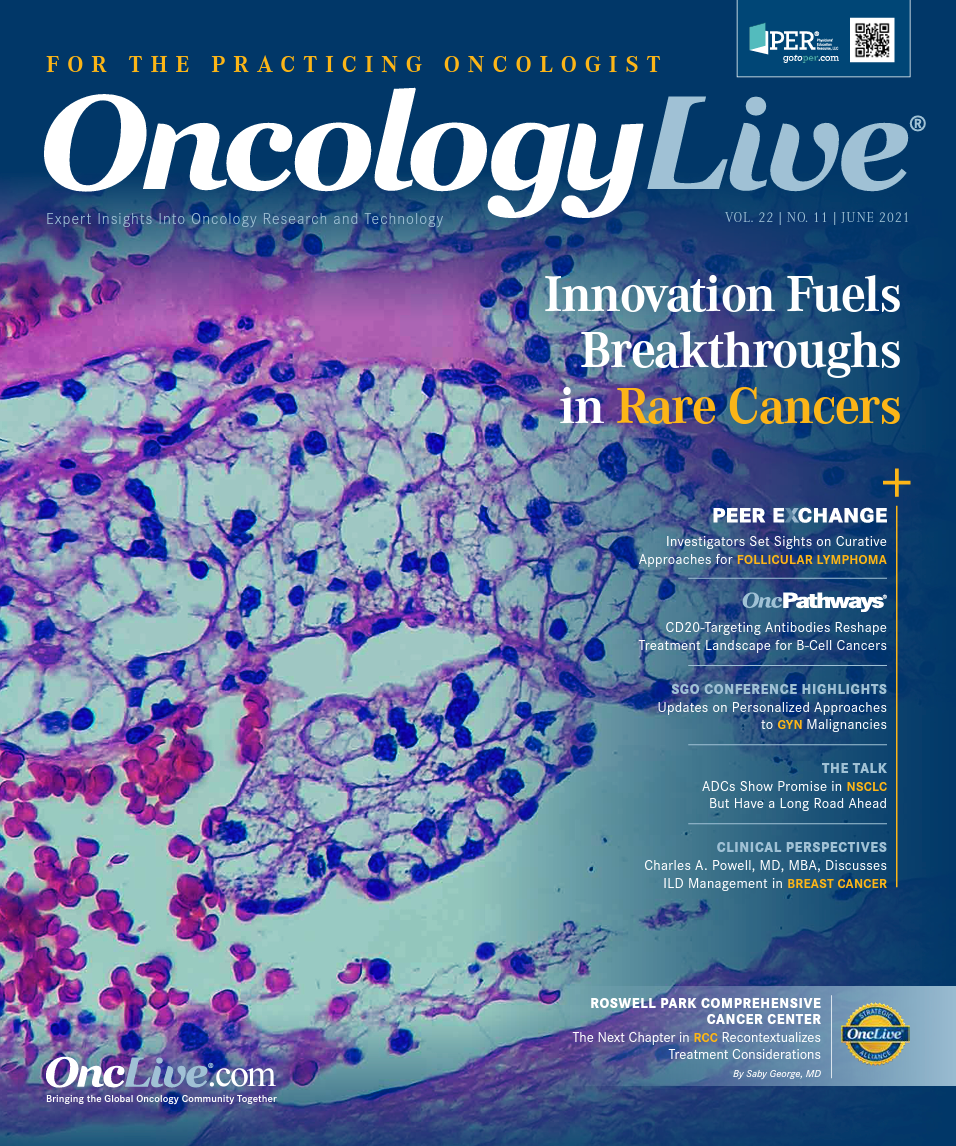The US Oncology Network Highlights Success With Oncology Care Model
Practices participating in the Oncology Care Model, an experimental payment model developed by the Center for Medicare and Medicaid Innovation, are incentivized to improve patient experiences and outcomes by providing enhanced services and care while bending the total cost curve.
Lalan Wilfong, MD

Practices participating in the Oncology Care Model (OCM), an experimental payment model developed by the Center for Medicare and Medicaid Innovation (CMMI), are incentivized to improve patient experiences and outcomes by providing enhanced services and care while bending the total cost curve. Adhering to the OCM’s requirements—including 5 performance-based quality measures, changes to the electronic health record (EHR) platform, and a new set of data and analytics—is no small feat.
Yet by late 2020, participating practices in The US Oncology Network had achieved the milestone of enrolling 100,000 unique patients in the OCM. They had also delivered more than $122 million in cumulative savings to Medicare over the program’s first 6 performance periods, according to internal documents from The US Oncology Network (Figure).
The practices reduced hospitalizations by 7%, reduced emergency department (ED) visits by 3%, and increased hospice use by 5%. Along the way, these practices implemented increased support through patient navigation and social work, team-based care, high-risk stratification patient outreach, and more enhanced services.
The secret to The US Oncology Network’s OCM success comes down to the power of collaboration. The Network, supported by McKesson, has 14 practices participating in the OCM across the United States.
By putting these connections to work and sharing ideas and best practices, The Network achieved successes that hold great potential for patients, Medicare, and the oncology ecosystem as a whole.
Getting Started: Whiteboards and Work Groups
Introduced as a 5-year pilot program (now 6 years, due to COVID-19) to test payment strategies, the OCM presented a challenge on many levels, from handling enrollment and designing treatment plans to reporting quality metrics and integrating IT and data/analytics. The payment model went into effect in July 2016, but The US Oncology Network jump-started its efforts in advance. In late 2015, The Network brought practice leads together for a 3-day workshop, sounding out ideas for how to make the OCM happen and forming workgroups to tackle various components.
Each practice designated an OCM physician champion as well as staff to support the program, including a quality program lead, clinical lead, and pharmacy lead, and a data coordinator if needed. Early on, the various workgroups, leaders, and committees were able to address multiple challenges simultaneously. Enrollment was one such challenge, and to prepare for it, the practices mock-enrolled patients to create a workable process.
Regarding treatment plans, physicians created templates in advance, received feedback from other physicians in The Network, and worked with the IT team to incorporate the plans into the EHR to meet the Institute of Medicine (now the National Academy of Medicine) care plan requirement.
Maintaining Momentum: Calls and Workshops
To build on its collective energy, The US Oncology Network set up monthly OCM calls with practice leadership, as well as topical workshops. During the calls, practices that are doing well on a certain metric can present their processes so other practices can learn from them. When challenges arise, the practices brainstorm solutions. Workshops have covered multiple challenges, such as improving patient support, technology upgrades, reducing ED visits, shared decision-making, comorbidities, and end-of-life care.
Reducing ED visits is a goal of the OCM, and it’s a great example of the way The Network leverages analytics to improve patient outcomes.
First, we identified benchmark metrics for ED visits, then reviewed the numbers to see how practices compared against other practices, how providers compared against other providers, and how diseases compared against other diseases. Using these analytics allowed The Network to identify opportunities to improve patient care to prevent potentially avoidable ED visits.
Additionally, The Network worked to enhance patient care by focusing on partnering with patients throughout their journey, making sure they understood their treatments options and making care decisions together. Every patient starting therapy received a treatment plan.
Most practices implemented one-on-one treatment review and coordination visits. Post therapy, proactive phone calls were made to intervene early when patients had adverse effects. Psychosocial screening was carried out, with follow-up care for patients if they were experiencing distress. This shared decision-making allows patients with cancer to be active participants in their care.
Among the many resources The Network created to make the OCM manageable for practices were toolkits on such topics as hospitalization and ED visits, depression, pain, advance care planning, and comorbidities. These toolkits offered an at-a-glance look—often with graphs or charts—at the processes and protocols in place to handle such issues as they arise.
For instance, we noticed that pain was a common diagnosis leading to ED visits and hospitalization. Thus, The Network created a toolkit focusing on how every team member can help with managing a patient’s pain, which included educational resources for both care team and patient, assessment tools, and analytics on pain management.
These types of resources make it easy for practices in The Network to see what works and what doesn’t and make any necessary adjustments.
When roadblocks appear, such as a practice having trouble submitting data to CMMI, it’s not uncommon for the practice lead to call another practice and ask for advice. Collaboration is baked in, with regular sharing of tips, tricks, and best practices.
The OCM Today: Our New Normal
For participating practices in The Network, the OCM mission of improving patient care is now part of daily operations. The US Oncology Network continues to improve processes, although the basics have become habit, and it’s exciting to be able to offer more enhanced services to patients. The patient journey now includes more access to social work, navigation of services, and other support services to achieve the best outcome. The Network has consistently reduced hospitalizations throughout the program and is continuing to find ways to enhance the patient benefits of value-based care.

Tellingly, 50% of OCM participating practices in The Network pursued 2-sided risk in 2020. This means that if a practice performs well with quality and bending the total cost curve, then it can receive a higher amount of shared savings. However, if it does not do well, the practice must pay dollars back to Medicare. Choosing 2-sided risk demonstrates the confidence of these practices in succeeding with the OCM.
As the OCM enters the final stretch of its pilot program, practices in The Network are striving to continually optimize their approach. They have become stronger through teamwork, sharing best practices, monitoring progress over time, and helping each other improve.
More patients, not only those enrolled in the OCM but others as well, can experience better care and outcomes consistent with patient goals and values.
Stuart Staggs is senior director of strategic programs at The US Oncology Network in The Woodlands, Texas. Lalan Wilfong, MD, is vice president of quality programs and value-based care at Texas Oncology in Dallas.




